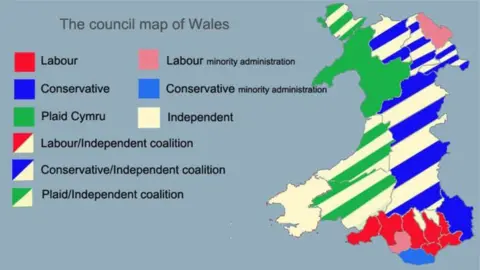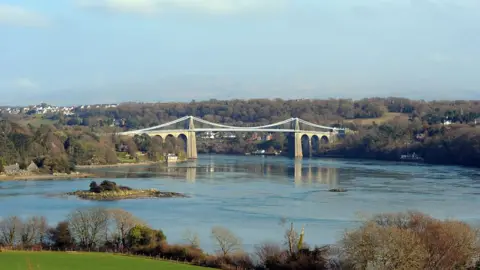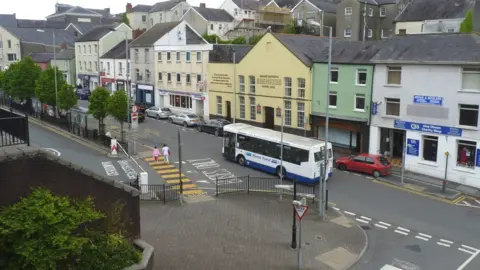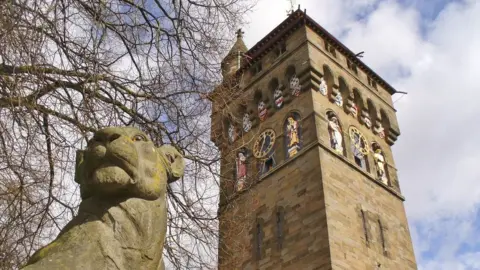Local government: Who is running Wales' 22 councils?
 BBC
BBCLocal elections were held across Wales two months ago - but it is only now that we have a picture of which parties are running which councils.
When a party wins a majority of councillors on an authority, unless there is something very unexpected, that group will take control.
But in May, a total of ten out of the 22 authorities came out of the elections with no one group having overall control, meaning it was not initially clear how those councils would be governed.
It can take time before negotiations between councillors complete and an authority is formed - but we are now able to bring you a list of which groups are in control and where.

North Wales
 Getty Images
Getty ImagesIsle of Anglesey - Plaid Cymru/Independent coalition
Conwy - Independent/Conservative coalition
Denbighshire - Conservative/Independent coalition
Flintshire - Labour minority administration
Gwynedd - Plaid Cymru majority administration
Wrexham - Independent/Conservative coalition

Mid and West Wales
 Geograph/Jeff Gogarty
Geograph/Jeff GogartyCarmarthenshire - Plaid/Independent coalition
Ceredigion - Plaid/Independent coalition
Pembrokeshire - Independent majority administration
Powys - Independent/Conservative coalition

South Wales
 Geograph/Colin Smith
Geograph/Colin SmithBlaenau Gwent - Independent-run council
Bridgend - Labour minority administration
Caerphilly - Labour majority administration
Cardiff - Labour majority administration
Monmouthshire - Conservative majority administration
Merthyr Tydfil - Independent majority administration
Neath Port Talbot - Labour majority administration
Newport - Labour majority administration
Rhondda Cynon Taf - Labour majority administration
Swansea - Labour majority administration
Torfaen - Labour majority administration
Vale of Glamorgan - Conservative minority administration*
*A Labour-led coalition with independents subsequently took control in May 2019

How do councils work?
Decisions in councils are taken by groups of senior councillors called cabinets.
These include a leader while other members are given different jobs, known as portfolios, which cover the responsibilities of the authority.
There are usually, at the very least, cabinet members responsible for education, social services, waste services, housing, transport and regeneration.
If a party has not won overall control of an authority but has the largest number of councillors, it can form a coalition with one or more other groups.
It is also possible to run a minority administration if, for example, the largest group believes it can pass decisions in the authority despite not having a majority of councillors.
This can happen if the ruling group has the effective support of other councillors.
